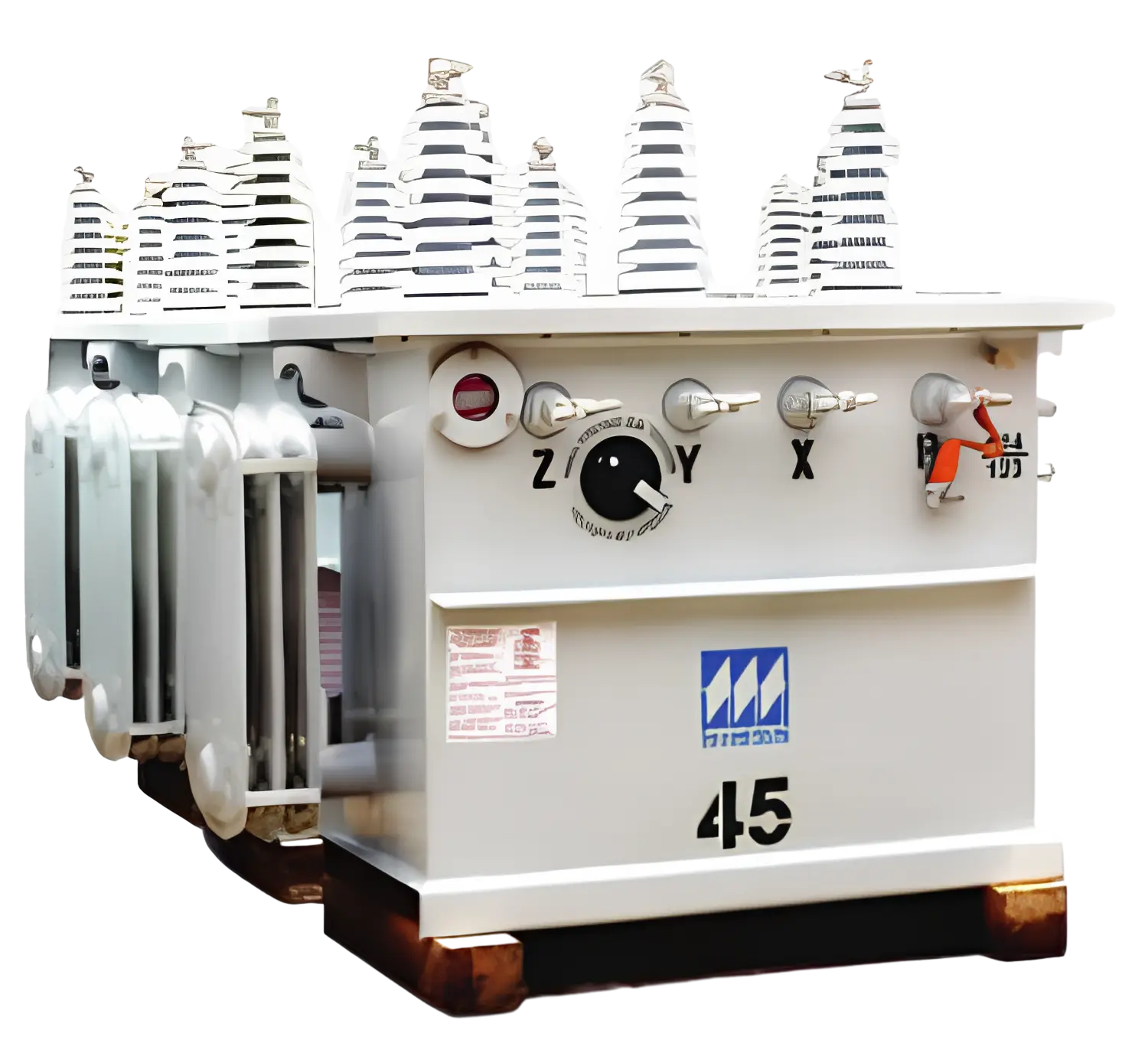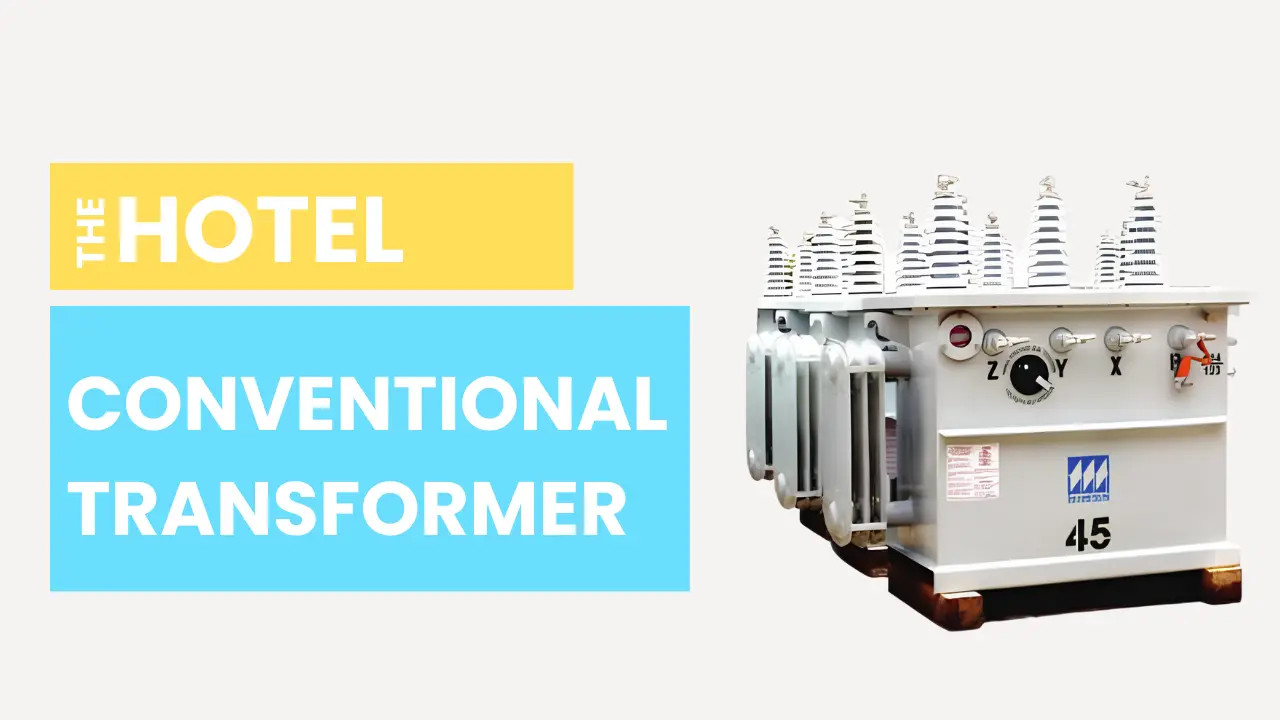Stepping into the lobby of a high-end hotel, you expect a seamless experience – from the professional and courteous staff to the luxuriously appointed rooms. The sophistication hides the complex web of infrastructure that keeps operations running smoothly. This is especially true when it comes to the property’s electrical system. Outdated or insufficient power equipment translates to unhappy guests and costly interruptions. So how does a hotel determine what type of transformer can handle the load while meeting budget realities?
The Case for Reliability
 The stakes are high for keeping hotel lighting, climate control systems, appliances, Wi-Fi, and devices powered 24/7 across potentially hundreds of guest rooms plus public areas and back offices. According to Rocky Mountain Power, an electrical outage averages $5,195 per hour in lost business for a 100-room limited service hotel. Full-service hotels and resorts have even more to lose with additional revenue streams from restaurants, bars, conferences, catering and events. Luxury properties that command premium room rates face greater financial fallout and reputational damage if systems fail.
The stakes are high for keeping hotel lighting, climate control systems, appliances, Wi-Fi, and devices powered 24/7 across potentially hundreds of guest rooms plus public areas and back offices. According to Rocky Mountain Power, an electrical outage averages $5,195 per hour in lost business for a 100-room limited service hotel. Full-service hotels and resorts have even more to lose with additional revenue streams from restaurants, bars, conferences, catering and events. Luxury properties that command premium room rates face greater financial fallout and reputational damage if systems fail.
Simply put, when the power goes out, so does the guest experience along with profitability. This makes reliability paramount in transformer selection. Facilities managers must balance price considerations with finding equipment robust enough for the building’s electrical load yet nimble enough to allow for growth. Utilities and electrical contractors rely on their recommendations when planning for regulated safety margins and potential upgrades.
The Case for Space Savings
Location also plays a role in transformer choice. Urban hotels may not have an abundance of unused exterior wall or ground space to house equipment. Older buildings come with additional structural challenges for supporting heavy apparatus. Sometimes the only viable spots conflict with aesthetically pleasing architecture and landscape design. Facilities teams must get creative when positioning transformers out of sight from guests while enabling sufficient access for maintenance. More compact units provide valuable flexibility compared to bulkier conventional models.
Simplified Safety
Safety is an obvious priority when managing transformer systems with exposure to water, extreme weather, and potential electrical failures. Conventional designs require external breakers, surge protection and fuses mounted nearby to mitigate hazards. This additional gear takes coordination and introduces more ways for problems to arise. By contrast, all-in-one CSP (Completely Self Protected) Transformers have built-in overload signals, shut-off trip features and automatic resets to isolate issues. The integrated components minimize failure points across the infrastructure. CSP models also isolate faults downstream to avoid outages impacting unaffected parts of the network.
The Hands-Off Approach
Maintenance is where CSP transformers really shine. Built to run 35+ years with minimal upkeep, the set-it-and-forget-it concept enables hotel staff to focus less on electrical equipment and more on guests. Predictive analytics even detect fluctuations signaling future faults to prevent outright failures. When repairs eventually become necessary, CSP modular designs with easily interchangeable cores make fixes less costly. Conventional transformers often require expensive custom parts and skilled labor. The comprehensive protection also reduces fire hazards and safety concerns for workers. Vandal resistance ensures curious passersby or mischief makers cannot easily access dangerous voltages.
Go Big or Go Home
Capacity plays a pivotal role for hotels eyeing CSP models. Facilities managers must confirm the transformer can handle peak loads across every part of the venue with some buffer to anticipate growth. While CSP technology continues advancing higher capacity options up to 3MW, conventional transformers still reign supreme for larger resorts or high-density urban hotels with massive power draws. ISO certification confirms international standards to safely size units for a building’s electrical load. Be sure to analyze how ambient temperature fluctuations may also influence capacity limits.
The Cost Conundrum
Upfront price tags overwhelmingly drive transformer purchasing decisions for cost-conscious hotel owners and REITs. And initially, conventional transformers win on bottom line budget comparisons. However, the true cost of reliable power extends beyond the invoice. When factoring in productivity losses from electrical interruptions plus the avoided costs for breakers, fuses and external safety mechanisms, the scales tip back towards justifying premium CSP investments. The risk mitigation and nearly maintenance-free operations provide peace of mind difficult to quantify on balance sheets. Still, shrewd facilities planners run ROI analyses to confirm the total cost of ownership merits CSP over its lifecycle.
 The Support System
The Support System
Reliability, space savings and simplified safety are compelling incentives for CSP units. But manufacturers recognize transformers do not operate in isolation. Design priorities limiting hazardous failures can potentially introduce power quality issues like harmonics or voltage fluctuations detrimentally impacting other electrical systems. Reputable CSP producers test compatibility across typical hotel infrastructure from HVAC to kitchen equipment. They also provide plug-and-play designs working seamlessly with existing networks. This prevents costly rewiring projects and avoids nuanced performance tuning. Trained staff and local inventory to quickly dispatch replacement parts demonstrate manufacturer commitment to minimizing hotel downtime.
The Final Analysis
Ultimately when evaluating the best transformer solution, it helps to consider the guest experience. Will frequent outages or cumbersome maintenance disrupt operations or detract from enjoyment? Do aesthetics and design integration with architecture matter for the brand? What value does reliable power provide for protecting this experience? For critical infrastructure in demanding environments like hotels, CSP transformers check all the boxes. Safety, space savings and simplified maintenance ensure optimal electrical supply. The integrated components provide insurance against issues crimping profitability. While not the cheapest option, CSP technology grants peace of mind to invest in the larger guest experience. For high-end hospitality, reliability and resilience are priceless commodities. The right transformer choice delivers them both.
